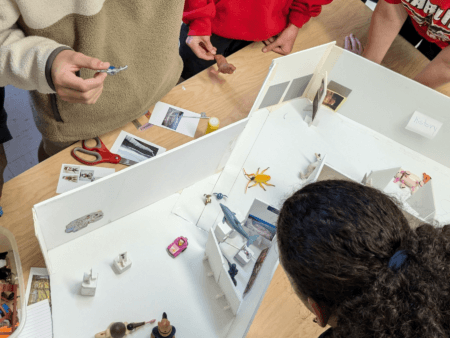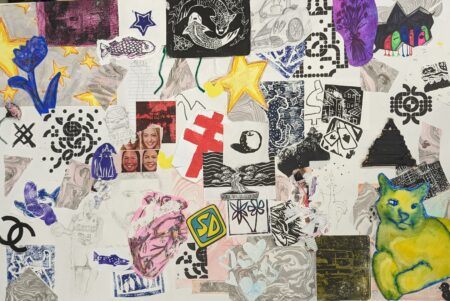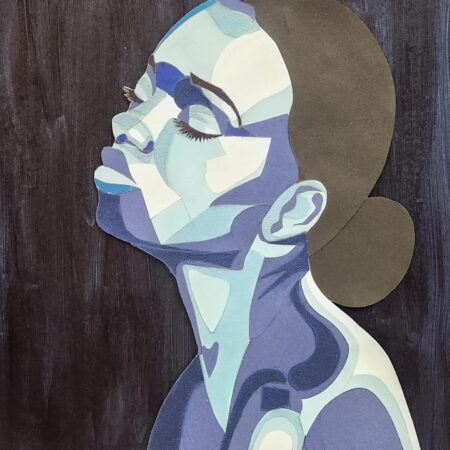Teaching with Contemporary Art
Artist as Archivist
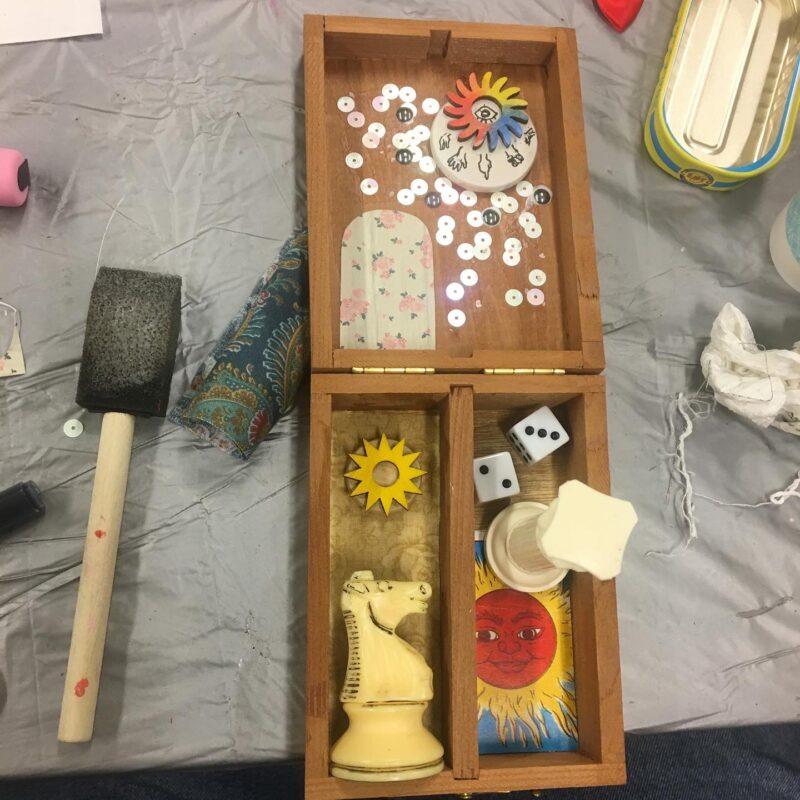
Courtesy of the Liz Denneau.
When most of my students come to me, their understanding of art has been formed to fit a homogenized construct of how art manifests in the world. Often, they have yet to learn that art could look like something other than a painting on a traditional canvas or a sculpture carved in marble. My job is to encourage them to view artists through the materials and processes they use and the roles they take on in their practice. One of my favorite roles to introduce my students to is the artist’s role as archivist. I’d like to offer three artists I think would be excellent for lessons around this topic.
When introducing this concept, defining what is an archive versus, say, a collection is helpful. An archive is defined as “a collection of historical documents or records providing information about a place, institution, or group of people.” For example, an archive would be different from a collection of Beanie Babies unless those Beanie Babies were sourced from a specific group of people or some institution that had housed them for a particular purpose. Although this is not always true, an artist can always recontextualize those adorable stuffed animals in a way that demarks time, place, and people. One of these artists operates in this way. While collections are fantastic materials for students to utilize for art-making, I like to offer another way for my high schoolers to encounter this concept: from a framework of history, analysis, care, and conservation.
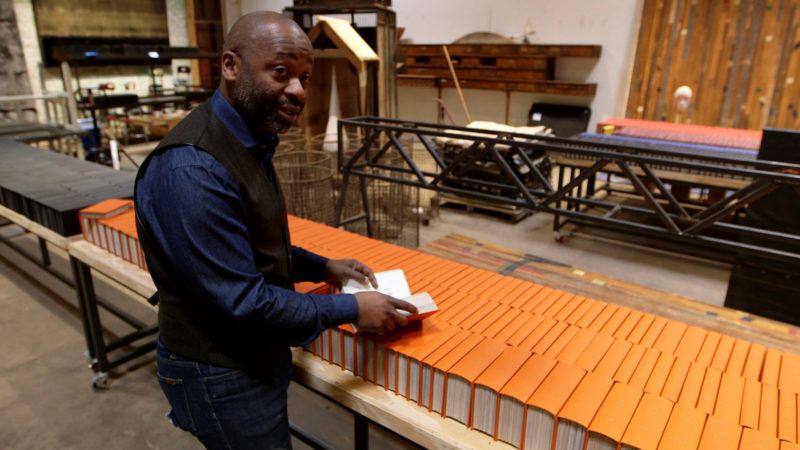
Production still from the Extended Play film, “Theaster Gates: Collecting.” © Art21, Inc. 2017.
One of the most prolific archivists of the contemporary art world is Theaster Gates. Theaster is preserving Chicago’s South Side by purchasing archives he feels are historically significant in the continuation of Black culture and life in the city. I like to bring Gates into the classroom first through the Art21 Extended Play video “Collecting.” In this segment, Gates shows off the vastness of his archives and how he uses them in the formation of his art. Before the video, I ask questions like: why are these archives important to Gates, or what did you notice about the archives? What commonalities or themes do you see? I ask them to write their thoughts down during the video. After the video, I ask them to chat in groups for a few minutes about what they observed. Choosing a spokesperson, the students share their musings and enter into a class discussion. I use variations of this model to get my students talking during most video presentations. I make sure to give context to the materials Gates collects, such as the JET Magazine issues. JET is one of the seminal magazines documenting Black popular culture and was produced in Chicago. Why is it important to archive the past?
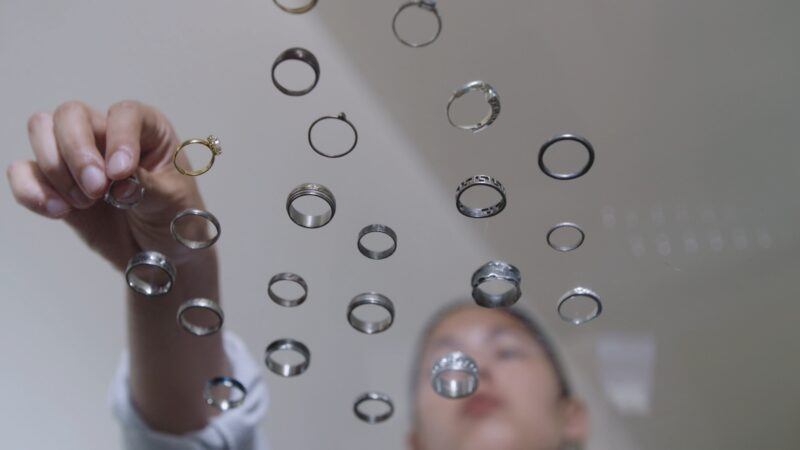
Production still from the New York Close Up film, “Rose Salane’s Lost and Found.” © Art21, Inc. 2022.
Next, I like to talk about the work of Rose Salane. A great introduction to Salane’s practice is through the New York Close Up segment “Rose Salane’s Lost and Found.” In the segment, we find that Salane has purchased multiple collections of lost objects from New York’s Metropolitan Transit Authority. She is a terrific example of someone who turns a collection into an archive to better understand the massive city she lives in and humanize it. In the video, we find her method of archiving a group of lost rings has to do with connecting various kinds of data—DNA, weight, composition, and psychic readings—to flesh out who this object belonged to. We talk about whether the act of care in cataloging turns this collection into an archive. I like to ask my students to think about the multiple lives an object can take. I ask them how an archive of objects can tell a story about a place. We talk about whether or not these new histories Salane is documenting for these objects are real or made up and whether that matters. Is junk ever just junk? These questions always produce exciting conversations.

Production still from the Extended Play film, “Fred Wilson: Beauty & Ugliness.” © Art21, Inc. 2014.
Lastly, I like to offer someone who works with archives differently, Fred Wilson. Wilson does exciting and vital work readdressing museum archives by placing objects in conversation with each other. In a large body of work called “Mining the Museum,” we are presented with a series of objects found in the archives of the Maryland Historical Society. Art21’s “Beauty & Ugliness” video shows some of this work. In the video, Wilson talks about the layers of meaning found in arranging seemingly beautiful objects. Wilson is as much interested in what is displayed by the museum as he is in what is hidden in its archives. In the book Thinking About Exhibitions, he says, “What they put on view says a lot about a museum, but what they don’t put on view says even more.” As a class, we talk about the power dynamics that can come into play when holding an archive. Who decides which objects are worthy? What happens when you juxtapose two objects loaded with history or connotation next to each other in such a way? What differences do you see in materiality, and what new meaning does that evoke?
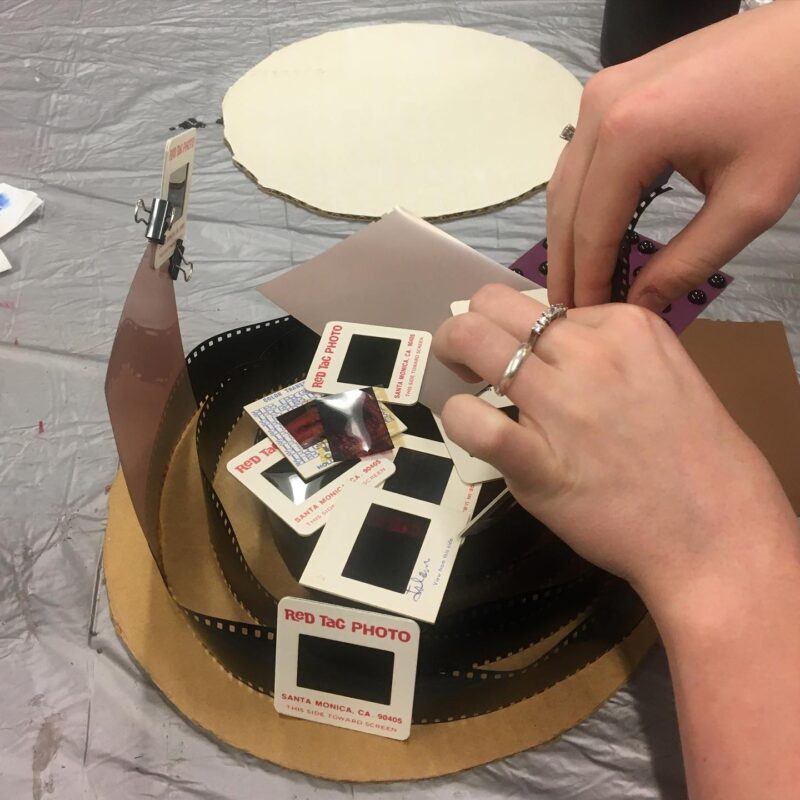
Courtesy of the Liz Denneau.
After introducing my students to the different ways artists can interact with archives, I task them with developing an artistic plan for a project that includes archives, drawing on inspiration from our featured artists. I’ve had students take many approaches, such as a student that archived the objects in her grandmother’s house by documenting her grandmother’s memories of where she obtained the object. Other students collected discarded pencils and pens around our campus and attempted to assign them histories using imaginative methods. Students created personal archives and documented them by creating illustrated indexes in sketchbooks. Many worked with photographs and domestic objects, creating assemblages and various styles of artistic catalogs.
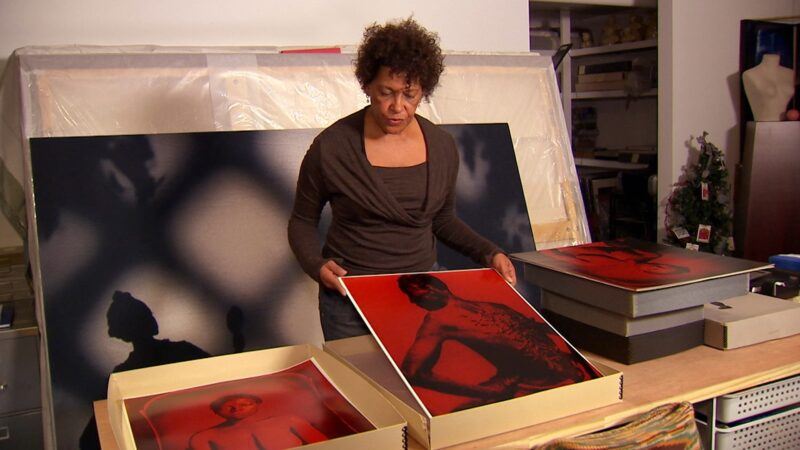
Production still from the Art in the Twenty-First Century Season 5 episode, “Compassion.” © Art21, Inc. 2009.
If you’re interested in more artists that work with archives, take a look at Guadalupe Rosales, who works with a growing archive of photographs documenting 90s Latinx rave culture called Veteranas and Rucas and Carrie Mae Weems’s work From Here I Saw What Happened and I Cried in which she extracted 33 daguerreotypes portraying African-born Black enslaved people housed in an archive from 1850. I believe the expansion of artistic identities in the classroom from painter, sculptor, or printmaker to someone that is in service to community and society is incredibly important. I find my students excitedly take on these roles—these new definitions of “artist”—and continually surprise me in what they chose to archive and how they archive it. I hope you and your students will enjoy creating, dismantling, and recontextualizing archives as a way to engage and preserve histories and stories.

